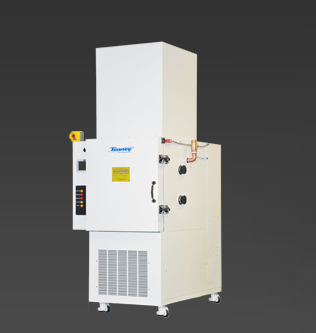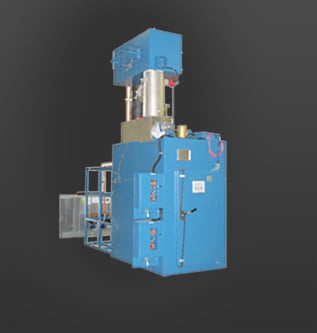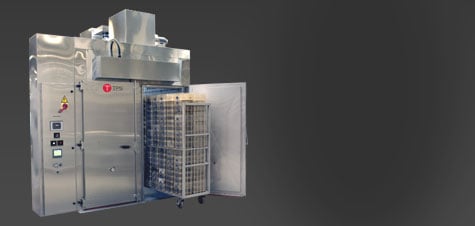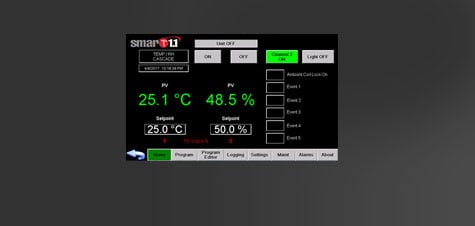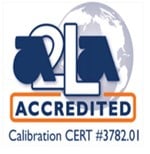
Selecting a water filtration system
The determining factor in identifying the condition of the customer’s water supply is testing it for Total Dissolved Solids. TDS encompasses the numerous elements, including silica, which fouls humidifiers. Test the water to determine the TDS amount and refer to the attached chart for the corresponding recommendation. The chart also includes 3 other methods (Conductivity Micro mhos, Resistivity Ohms, and Approximate Grains per Gallon) less commonly used, but still could be used by your customers
DI Filtration
When a Di filter is selected a Charcoal filter must always be added. This prolongs the life of the DI filter by eliminating the Chlorine which degrades the DI filter.
Note! If the chart recommends a DI filter and the customer is typically operating at elevated humidity’s, above 50C and 75% or there will be frequent door openings, upgrading to an RO system will be beneficial in the long run.
Reverse Osmosis Systems
When an RO system is recommended no Charcoal filter is required as it is an integral part of the RO unit. The RO membrane typically needs changed yearly and the other filters semiannually. Adding a TDS alarm device (engineering is following up on a suitable alarm) that will notify the customer when the system needs attention will prevent needless changing of the 4 pre-filters and the RO membrane. We recommend it be included with each RO system.
RO supply pressure is 60 PSI at 77F. At these input conditions the usage rate is about 4 gallons of water used to produce 1 gallon of RO water. Water usage efficiency decreases 2% for every degree the supply is below 77F.
Note! One DI or RO system is required for each humidifier, regardless of whether it utilizes a 1.5 KW or a 3.0 KW humidifier. Chambers have 1 humidifier; rooms may have 2 or more humidifiers.
TPS Water Filtration Selection Guide


